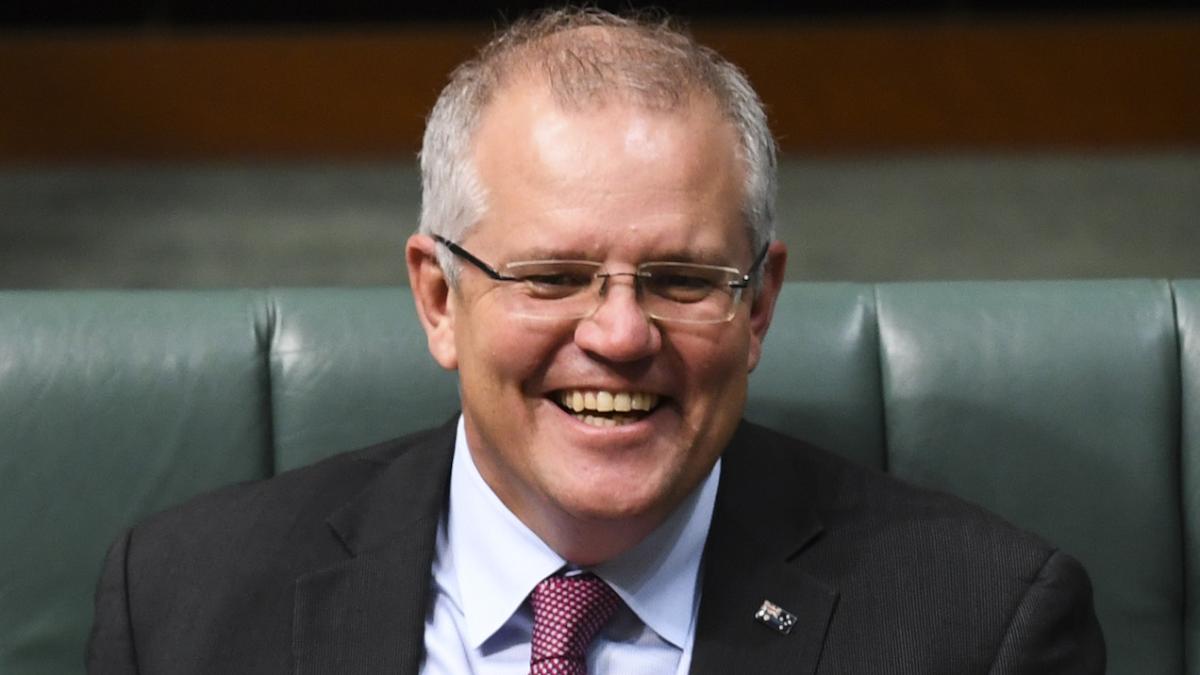
Critics have hit back at the Federal Government‘s new school funding model which promises $4.5 billion to independent and Catholic schools and no funding increase for public sector, calling it wildly unfair to students and teachers at government schools.
In case you missed it, Prime Minister Scott Morrison and Education Minister Dan Tehan yesterday announced plans to radically change up how funds are doled out to private schools.
Until now, the amount of government cash divvied up to independent and Catholic schools was determined on census data relating to the school’s postcode. So, a private school’s location in a ritzy and well-off suburb has historically impacted how much money it receives from the government.
The new model proposes that funding be determined by the income of the parents who send their kids to the school.
To accomodate that means test, the government said an extra $4.5 billion will be directed to the sector, including what Morrison called a $1.2 billion “choice and affordability fund” to basically ensure those independent and Catholic schools don’t have to raise their fees.
Tehan said the government heard from the Catholic school sector who “put a very strong argument that in some cases they do need to be able to offer low-fee offerings because otherwise choice will be taken away from parents.”
Now that cash injection, and especially the $1.2 billion fund, has been savaged by critics who see the funding as a slap in the face to the public sector.
Shadow Education Minister Tanya Plibersek said it appears “the Liberals have done a special deal to set up a $1.2 billion slush fund for private schools” at the expense of public school students.
The Federal Government think it’s ok to fund non-gov schools to a higher level than gov schools. We won’t sign up to any agreement until this inequality is addressed.
We want a fair deal and equality for all kids.
This is one mess that is still far from fixed
— James Merlino (@James_Merlino1) September 20, 2018
The Australian Education Union savaged the announcement. In a statement, Federal President Correna Haythorpe said “There is not one single dollar in this $4.6 billion funding deal for our children in public schools.
“Instead the Morrison government is pouring billions of dollars into the richest private schools in the country.”
Biggest special deal ever for private schools by @ScottMorrisonMP who says it is needs based funding. Absolute hypocrisy from PM who puts public school kids last in cynical attempt to buy votes #fundingwars just exploded to a new level. #fairfundingnow supporters get active!
— Correna Haythorpe🌈 (@CHaythorpeAEU) September 20, 2018
And the backlash has been bipartisan. NSW Education Minister Rob Stokes today said his state would not sign up to the agreement as long as it included “special deals” for well-off independent schools at the expense of the public sector.
“The Gonski principles provide that school funding should be needs-based and sector-blind. And these are the principles we hold very dear,” Stokes said.
Parents don’t seem to stoked on it, either.
I’m sorry about your rubbish day. As a parent of children at a private school I’m angry about the funding inequity. Maybe if our local state school had been better funded our eldest would have been welcomed there. ScoMo it’s not choice when you force people out of govt schools.
— Ann (@asinglehaworth) September 20, 2018
I’d like to see my taxes go towards the education of kids based on NEED, not the private school sector, not lobby groups.
Funding for disability, disadvantage, and kids who do *not* have the advantages my own kids have.
Love, a mum who votes #Auspol
— Belinda Barnet (@manjusrii) September 20, 2018
My son goes to a public school. My daughter will be going when she’s 5. They have the same right to a great education as our neighbours, as the kids down the street, as the kids who go to the private school down the road. Today, they did not get the same funding #fairfundingnow
— Alys Gagnon (@AlysJ) September 20, 2018
The change, if it does eventually get the sign-on of the states, is expected to fall into place from 2020.



